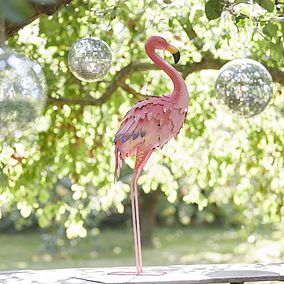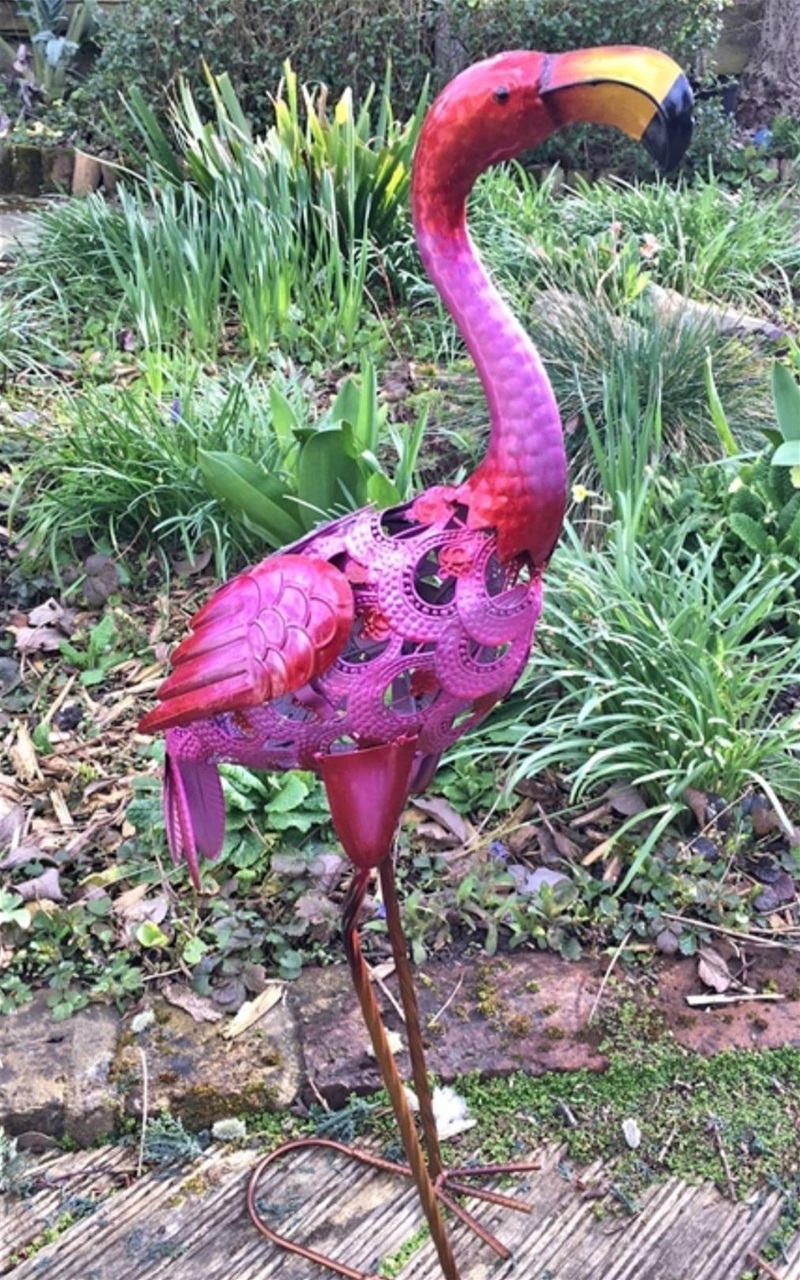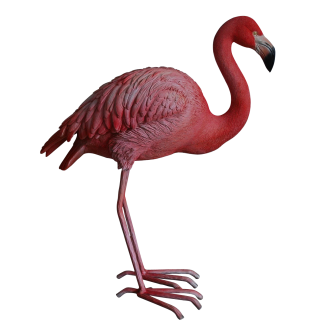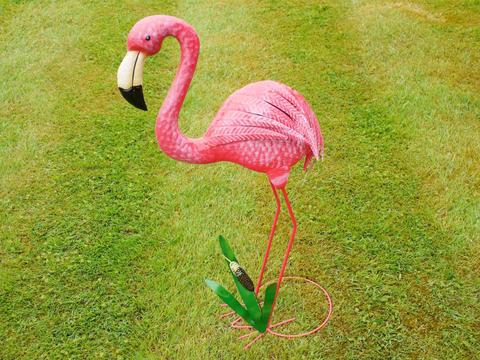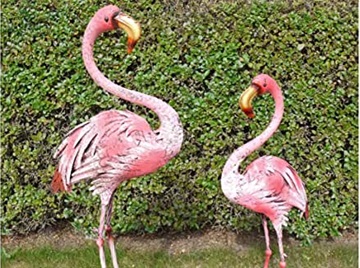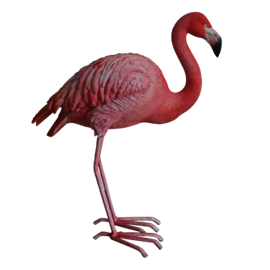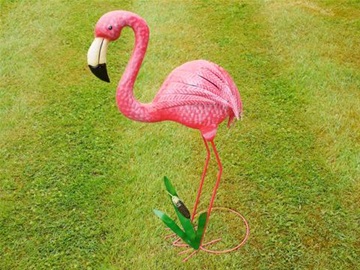EMBRACE YOUR INNER FLAMINGO
Interesting & Fun Facts About Flamingos
- Flamingos are regarded as the most beautiful tall birds in the world.
- A flock of flamingos is sometimes referred to as a flamboyance of flamingos.
- Flamingos are categorised into six different species, four of them reside in America and two in Asia, Africa and Europe. Those found in America are Chilean Flamingo, James’s Flamingo, Andean Flamingo and Caribbean Flamingo, while the other two are Greater Flamingo and Lesser Flamingo.
- Interestingly, flamingos rest and sleep on one leg to conserve energy and maintain their body temperature.
- The long neck of a flamingo comprises of 19 bones, with the weird and unusually created beak and feathers made up of keratin, a tough substance.
- Flamingos have a large, soft, fleshy tongue, which is quite rare among birds.
- A flamingo’s night vision is not as good as that of many other nocturnal creatures but it is still better than humans.
- A flamingo can sit down by bending its legs backwards.
- The legs of an adult flamingo are almost 30 to 50 inches long, much longer than their entire body which makes them look gawky.
- Flamingos can recognise and distinguish between various colors.
- Their vision helps them in synchronisation while flying in a large flock.
- Adult flamingos have a wide wingspan of 55-65 inches, which enables them to fly long distances without taking many breaks.
- Despite being pretty tall, flamingos are proficient swimmers. However, they cannot swim in shallow water.
- Flamingos have webbed feet which assist them in swimming and maneuvering in soft mud.
- Flamingos do not breathe during the eating process.
- The feeding process of a flamingo is very interesting. It stirs water with its feet, buries its entire head and bill upside down in water and sucks up both mud and water. It then moves its head from side to side to extract plankton, small fish and fly larva from water and mud.
- The largest among the flamingo species is greater flamingo, reaching five feet tall and weighing almost eight pounds, while the smallest is the lesser flamingo measuring almost three feet tall.
- During migration season, a flock of flamingos can cover an astounding distance of 300 miles at one go in a single night.
- Each flamingo mates with a single female and hence is monogamous.
- Flamingos lay a single egg during nesting season and if by some reason the egg is lost or broken, they do not lay another egg that season.
- Both male and female flamingos take part in building the nest by piling up mud. The nests can be 12-20 inches in diameter.
- Flamingo hatchlings are born with grey or white feathers and it is only after three years that their feathers change their color to pink, orange or red, similar to their parents.
- Among flamingos, parenting is not the sole responsibility of the female. Both male and female secrete milk-like liquid which provides sustenance and nourishment to the chicks.
- Flamingos can emit nasal sounds like honking, grunting and growling which play an important role in keeping the flock together and helping parents and children to identify each other in large flocks.
- Communication among flamingos is not limited to just vocalisation of various sounds but a wide range of visual antics are also used.
- Flamingos have a poorly developed sense of taste like most bird species.
- They possess little or no ability to smell their surroundings or food.
- When kept in captivity, flamingos lose their bright shades and turn yellowish in color mainly due to lack of their natural diet, which is carotene food.
